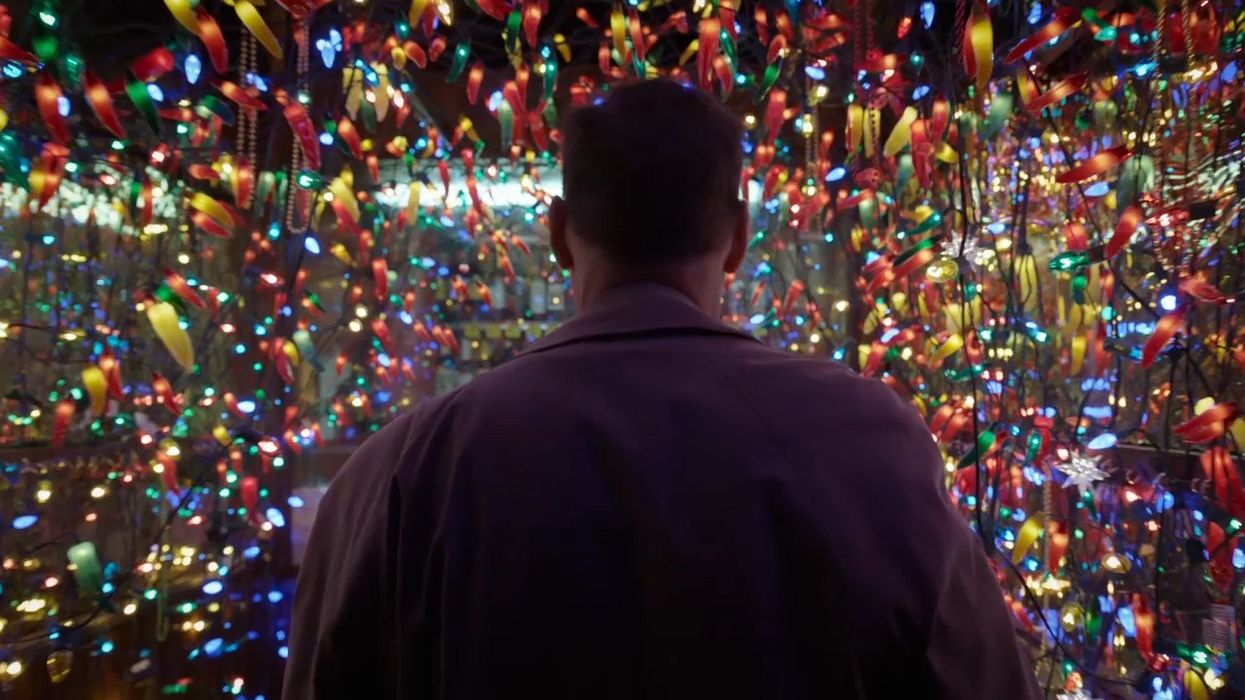Watch: What the Hidden Cuts in 'Birdman' Can Teach You About Creative Editing
It's 2 1/2 years after its release and we're still talking about the hidden edits in Alejandro González Iñárritu's "single shot" film "Birdman."

When Birdman came out in 2014, people couldn't stop raving about the many virtues of the film, including its Oscar-winning story, direction, and cinematography. However, one of the most interesting aspects of the film to those in the industry was the incredible collaboration between DP Chivo Lubezki and editors Martin Hernández and Aaron Glascock create the illusion that the film was shot in a single take.
There are several techniques that Lubezki, Hernández, and Glascock used to do pull it off, like color grading, lighting, and a clear and concise sense of geography, but perhaps the most clever trick Birdman utilizes is the "hidden edit." Editor Harrison Edgecombe made this supercut to reveal all 28 of the film's "hidden edits."
As you can see from the supercut, Birdman uses a few different tricks to hide its edits: the motion blur from panning, darkness, and identical framing. What these things do is obscure the image just enough to create a transition point that will effectively conceal an edit.
The difficulty isn't really in creating the right shooting environment. I mean, getting motion blur is just a matter of choosing the right shutter speed. Blacking out your frame is as easy as closing a door, walking through a dark hallway, or having an element pass through the foreground. The difficulty comes from combining all of the necessary cinematic elements, like choreography, clear geography, and color grading.
Even though hiding an edit in your film can be challenging, knowing how is half the battle. Birdman teaches us how, it's up to you to answer the why, where, and when. Iñárritu decided to use hidden edits as a vehicle for his grand vision for a "one take" film, an illusion that most filmmakers don't attempt to create, but even if you're not looking to make the next great "one take" film, any of these hidden edit techniques will help make your future projects that much more interesting to watch.
Source: Harrison Edgecombe












